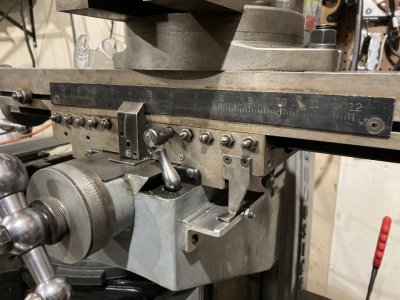- Joined
- Jan 22, 2022
- Messages
- 128
Disclaimer: I’m an amateur and I don’t know what I am doing.
Hello everyone. I picked up a Clausing 8520 about a week ago and couldn’t be happier. I bought a face mill from Amazon (This one) and mated it with an eBay MT2 threaded for my 3/8-18 drawbar. Checked it with an indicator and almost no run out.
I can make aluminum look like glass. Then I try some mild steel and I almost always get chatter. No matter how light of a cut I do.
Am I just pushing the limits of my machine??
I also adjusted my gibbs again and it helped a LITTLE. But it’s almost too tight now.
My 3/8 end mill runs perfectly on all materials. I haven’t collected much other tooling yet besides the face mill and a couple end mills.
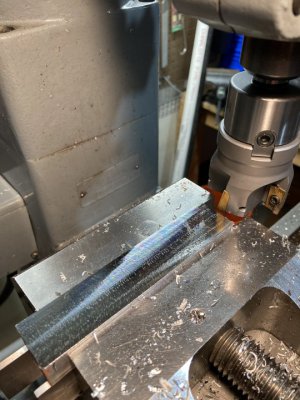
Aluminum
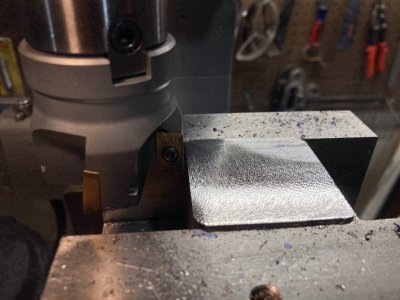
one of the better mild steel cuts
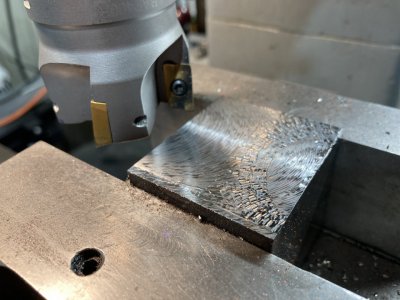
one not so good
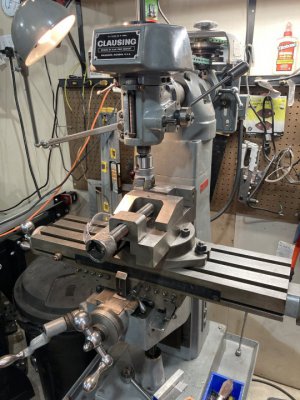
Hello everyone. I picked up a Clausing 8520 about a week ago and couldn’t be happier. I bought a face mill from Amazon (This one) and mated it with an eBay MT2 threaded for my 3/8-18 drawbar. Checked it with an indicator and almost no run out.
I can make aluminum look like glass. Then I try some mild steel and I almost always get chatter. No matter how light of a cut I do.
Am I just pushing the limits of my machine??
I also adjusted my gibbs again and it helped a LITTLE. But it’s almost too tight now.
My 3/8 end mill runs perfectly on all materials. I haven’t collected much other tooling yet besides the face mill and a couple end mills.

Aluminum

one of the better mild steel cuts

one not so good



